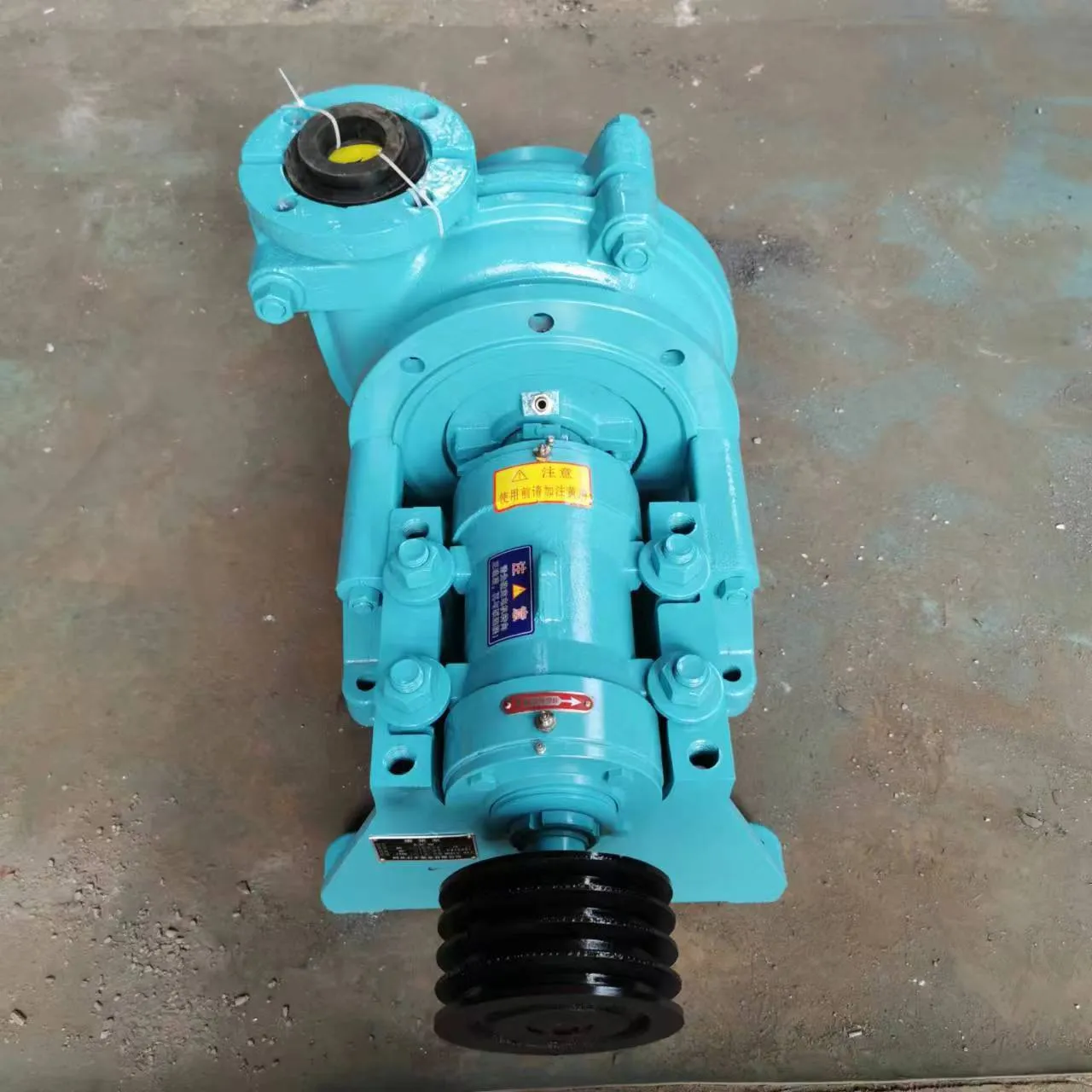English
- Afrikaans
- Albanian
- Amharic
- Arabic
- Armenian
- Azerbaijani
- Basque
- Belarusian
- Bengali
- Bosnian
- Bulgarian
- Catalan
- Cebuano
- Corsican
- Croatian
- Czech
- Danish
- Dutch
- English
- Esperanto
- Estonian
- Finnish
- French
- Frisian
- Galician
- Georgian
- German
- Greek
- Gujarati
- Haitian Creole
- hausa
- hawaiian
- Hebrew
- Hindi
- Miao
- Hungarian
- Icelandic
- igbo
- Indonesian
- irish
- Italian
- Japanese
- Javanese
- Kannada
- kazakh
- Khmer
- Rwandese
- Korean
- Kurdish
- Kyrgyz
- Lao
- Latin
- Latvian
- Lithuanian
- Luxembourgish
- Macedonian
- Malgashi
- Malay
- Malayalam
- Maltese
- Maori
- Marathi
- Mongolian
- Myanmar
- Nepali
- Norwegian
- Norwegian
- Occitan
- Pashto
- Persian
- Polish
- Portuguese
- Punjabi
- Romanian
- Russian
- Samoan
- Scottish Gaelic
- Serbian
- Sesotho
- Shona
- Sindhi
- Sinhala
- Slovak
- Slovenian
- Somali
- Spanish
- Sundanese
- Swahili
- Swedish
- Tagalog
- Tajik
- Tamil
- Tatar
- Telugu
- Thai
- Turkish
- Turkmen
- Ukrainian
- Urdu
- Uighur
- Uzbek
- Vietnamese
- Welsh
- Bantu
- Yiddish
- Yoruba
- Zulu
Telephone: +86 13120555503
Email: frank@cypump.com
Nov . 06, 2024 07:43 Back to list
sand and gravel dredge pumps
The Role of Sand and Gravel Dredge Pumps in Coastal and River Engineering
Sand and gravel dredge pumps are essential equipment in the realm of coastal and river engineering. They play a vital role in various applications, including the maintenance of waterways, the extraction of materials for construction, and the reclamation of land. These specialized pumps are designed to handle abrasive materials and are capable of operating in challenging conditions, making them indispensable for environmental management and infrastructure development.
One of the primary functions of sand and gravel dredge pumps is to maintain navigable waterways. Over time, rivers and harbors can become silted up with sediment and debris, which can impede shipping and recreational activities. Dredging with these pumps helps ensure that channels remain clear, allowing for safe passage of vessels. Additionally, by removing excess sediment, dredging can enhance water quality and aquatic habitats, promoting biodiversity in the region.
In construction, sand and gravel are vital resources used to produce concrete, asphalt, and various building materials. Dredge pumps facilitate the extraction of these materials directly from riverbeds or coastal areas. This method is often more efficient than traditional land-based quarrying, as it reduces the environmental impact and minimizes the footprint of extraction activities. By supplying high-quality materials, dredge pumps support the growth of infrastructure projects—ranging from roads to bridges, and even residential developments.
sand and gravel dredge pumps

Furthermore, dredging operations can play a critical role in land reclamation efforts. In many coastal regions, land reclamation involves the use of dredged sand and gravel to create new land areas for urban development, agriculture, and recreation. This process not only expands usable land but also helps combat issues related to sea-level rise and coastal erosion, which have become increasingly pressing due to climate change.
However, the use of sand and gravel dredge pumps is not without its challenges. Environmental concerns have arisen regarding the impacts of dredging on aquatic ecosystems. Proper management and regulation of dredging activities are essential to mitigate these effects. Sustainable practices, such as monitoring sediment plumes and ensuring that dredging is conducted in a way that minimally disturbs habitats, are crucial for preserving the ecological integrity of affected areas.
In conclusion, sand and gravel dredge pumps serve a critical function in maintaining waterways, supporting construction activities, and facilitating land reclamation. As urbanization and environmental challenges continue to expand, the significance of these pumps in sustainable engineering and environmental management will only grow. Balancing the need for resource extraction with ecological preservation will be vital to ensure that the benefits of dredging are realized without compromising the health of our waterways and ecosystems.
-
ISG Series Vertical Pipeline Pump - Chi Yuan Pumps | Advanced Engineering&Industrial Efficiency
NewsJul.30,2025
-
ISG Series Pipeline Pump - Chi Yuan Pumps | High Efficiency, Energy Saving
NewsJul.30,2025
-
ISG Series Vertical Pipeline Pump-Chi Yuan Pumps|High Efficiency&Reliable Performance
NewsJul.29,2025
-
ISG Series Vertical Pipeline Pump|High Efficiency&Low Noise
NewsJul.29,2025
-
ISG Series Vertical Pipeline Pump - Chi Yuan Pumps Co., LTD.|High Efficiency, Energy Conservation, Low Noise
NewsJul.29,2025
-
ISG Series Vertical Pipeline Pump-Chi Yuan Pumps Co., LTD.|High Efficiency&Energy-Saving
NewsJul.29,2025










